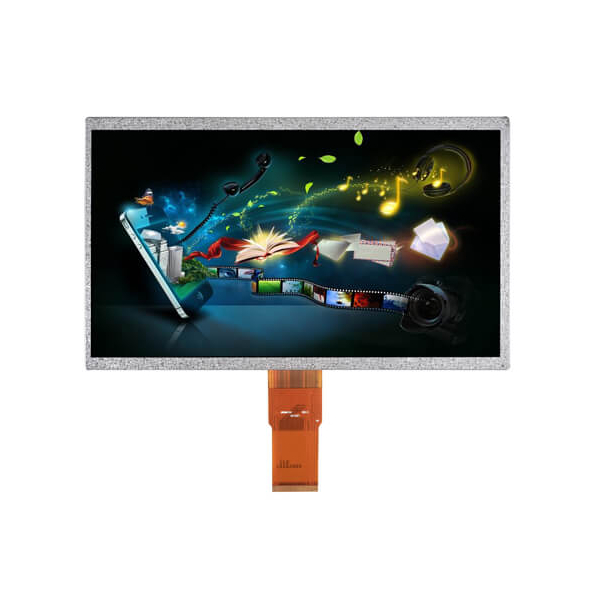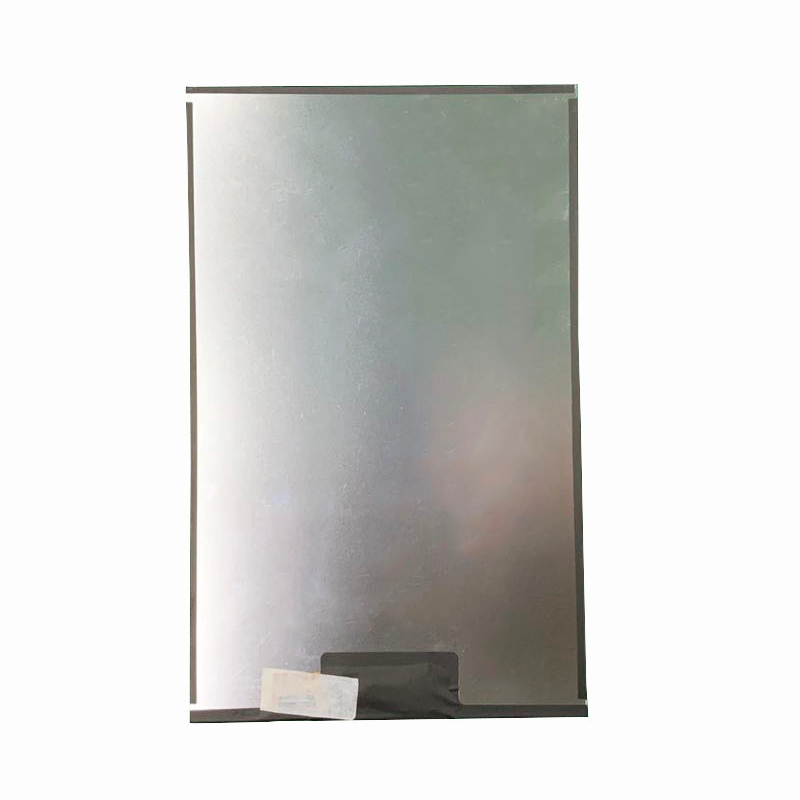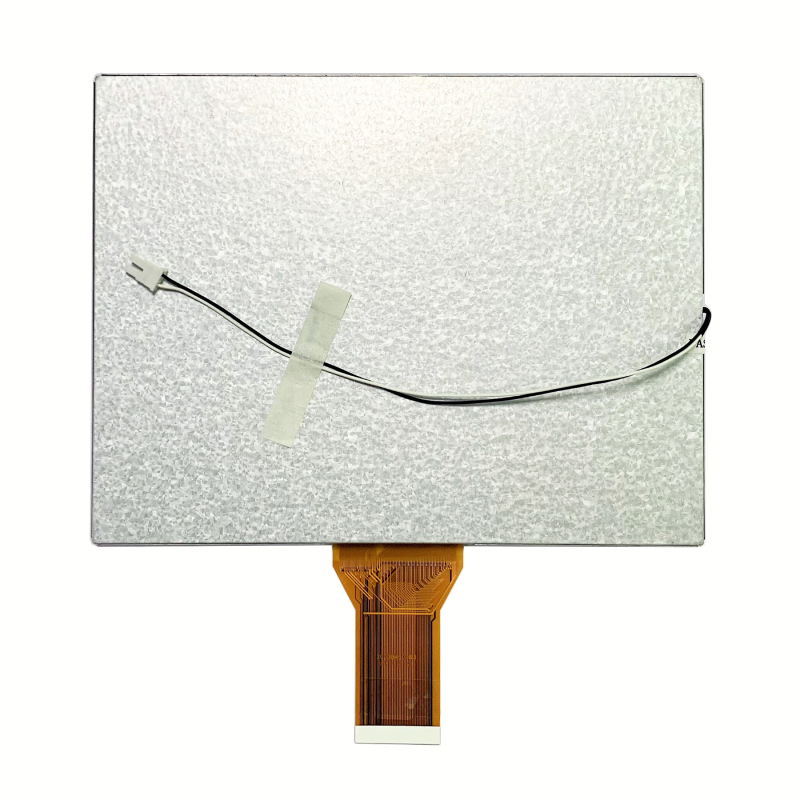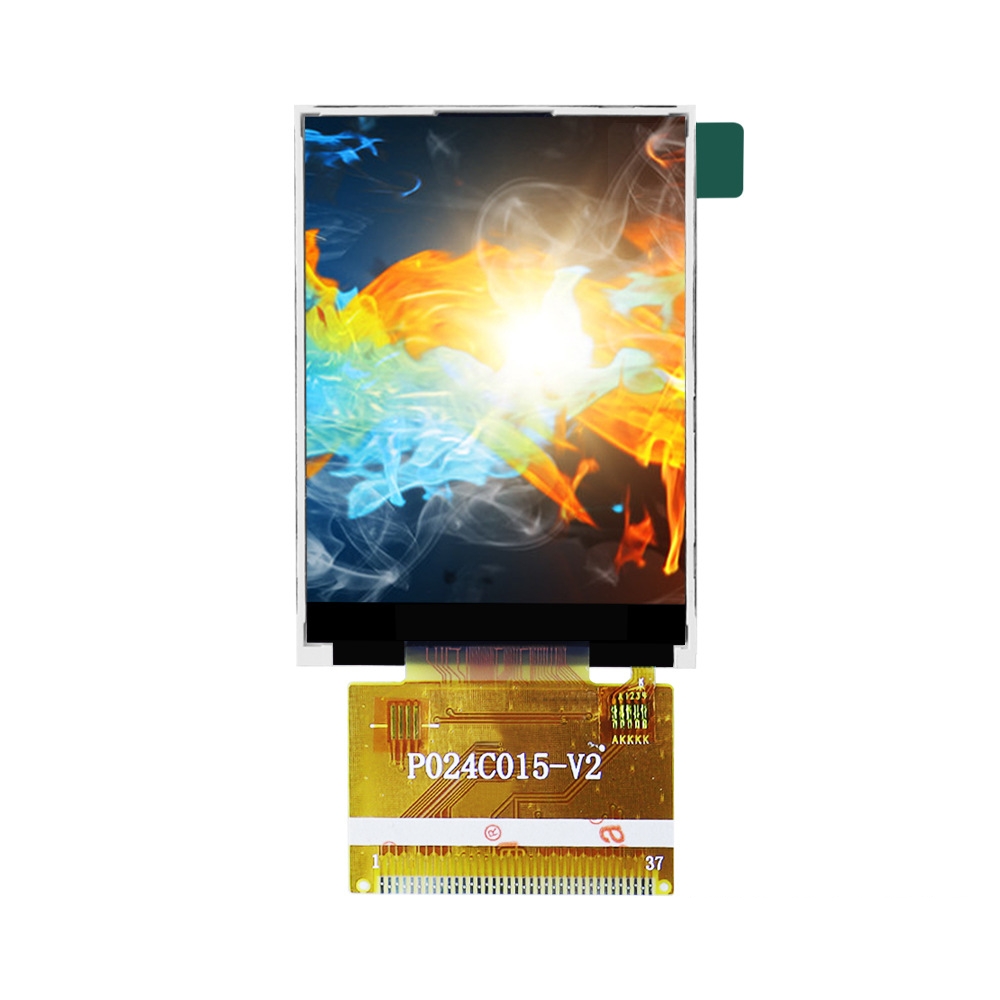TFT LCD screens are one of the display technologies widely used in electronic devices at present. It achieves high-quality image display by adding a thin-film transistor (TFT) to each pixel. In the market, there are many types of TFT LCD screens, each with its own unique characteristics and advantages. This article will introduce VA type, MVA type, PVA type, IPS type and TN type LCD screen, and describe their parameters respectively.
VA type (Vertical Alignment) is a common TFT LCD screen technology. This type of screen adopts a liquid crystal molecular structure arranged vertically, and the degree of light transmission is controlled by adjusting the orientation of the liquid crystal molecules. VA screens have high contrast and color saturation, capable of deep blacks and true colors. In addition, the VA screen also has a large viewing angle range, which can still maintain the consistency of image quality when viewed from different angles. 16.7M colors (8bit panel) and relatively large viewing angle are its most obvious technical characteristics. Now VA-type panels are divided into two types: MVA and PVA.
The MVA type (Multi-domain Vertical Alignment) is an improved version of the VA type. This screen structure achieves better image quality and faster response time by adding extra electrodes to the pixels. It uses protrusions to make the liquid crystal not be the more traditional upright when it is still, but it is static at a certain angle; when a voltage is applied to it, the liquid crystal molecules can be quickly changed into a horizontal state to allow the backlight to pass through more easily. The fast speed can greatly shorten the display time, and because this protrusion changes the alignment of liquid crystal molecules, so that the viewing angle is wider. The increase in viewing angle can reach more than 160°, and the response time can also be shortened to less than 20ms. The MVA screen has higher contrast, wider viewing angle range and faster pixel switching speed. In addition, the MVA screen can also reduce color shift and motion blur, providing a clearer and more vivid image effect.
PVA type (Patterned Vertical Alignment) is another improved version of VA type. This is a panel type launched by Samsung, which is a vertical image adjustment technology. This technology can directly change the structural state of its liquid crystal unit, so that the display effect can be greatly improved, and the brightness output and contrast ratio can be better than MVA. . In addition, on the basis of these two types, improved types have been extended: S-PVA and P-MVA are two types of panels, which are more trendy in the development of technology. The viewing angle can reach 170 degrees, and the response time It is also controlled within 20 milliseconds (overdrive acceleration can reach 8ms GTG), and the contrast ratio can easily exceed 700:1. It is a high-level technology that reduces light leakage and scattering by adding fine dynamic patterns to the liquid crystal layer . This screen technology can provide higher contrast ratio, wider viewing angle range and better color performance. PVA screens are suitable for scenes that require high contrast and vivid colors, such as image processing and theaters.




IPS type (In-Plane Switching) is another common TFT LCD screen technology. Unlike the VA type, the liquid crystal molecules in the IPS screen are aligned in the horizontal direction, making it easier for light to pass through the liquid crystal layer. This screen technology can provide a wider range of viewing angles, more accurate color reproduction and higher brightness. IPS screens are suitable for applications that require wide viewing angles and true color rendering, such as devices such as tablets and mobile phones.
TN type (Twisted Nematic) is the most common and economical TFT LCD screen technology. This kind of screen has a simple structure and low production cost, so it is widely used in a large number of applications. However, TN screens have a narrow range of viewing angles and poor color performance. It is suitable for some applications that do not require high image quality, such as computer monitors and video games.
In addition to the introduction of the above TFT LCD screen types, their parameters will be described below.
The first is the contrast (Contrast Ratio). Contrast ratio is a measure of the ability of a display device to differentiate between black and white. High contrast means the screen can clearly show the difference between black and white. VA, MVA, and PVA types of LCD screens typically have higher contrast ratios, which provide greater image detail and more lifelike colors.
Followed by the viewing angle (Viewing Angle). Viewing angle refers to the range of angles within which consistent image quality can be maintained when viewing a screen. IPS, VA, MVA, and PVA types of LCD screens usually have a large range of viewing angles, allowing users to enjoy high-quality images when viewed from different angles.
Another parameter is the response time (Response Time). Response time refers to the time required for liquid crystal molecules to switch from one state to another. Faster response times mean the screen can more accurately display fast-moving images, reducing motion blur. MVA and PVA type LCD screens usually have a faster response time and are suitable for scenes that require high dynamic image performance.
The last is the color performance (Color Gamut). Color performance refers to the range of colors that a display device can render. IPS and PVA types of LCD screens generally have a wider range of color performance and can present more realistic and vivid colors.
To sum up, there are many types of TFT LCD screens in the market, and each type has its own unique characteristics and advantages. VA type, MVA type, PVA type, IPS type, and TN type LCD screens differ in contrast, viewing angle, response time, and color performance. When choosing an LCD screen, users should choose the most suitable type according to their needs and budget. Whether for professional applications or daily use, TFT LCD screen technology can provide excellent image quality and viewing experience.
Post time: Aug-24-2023



